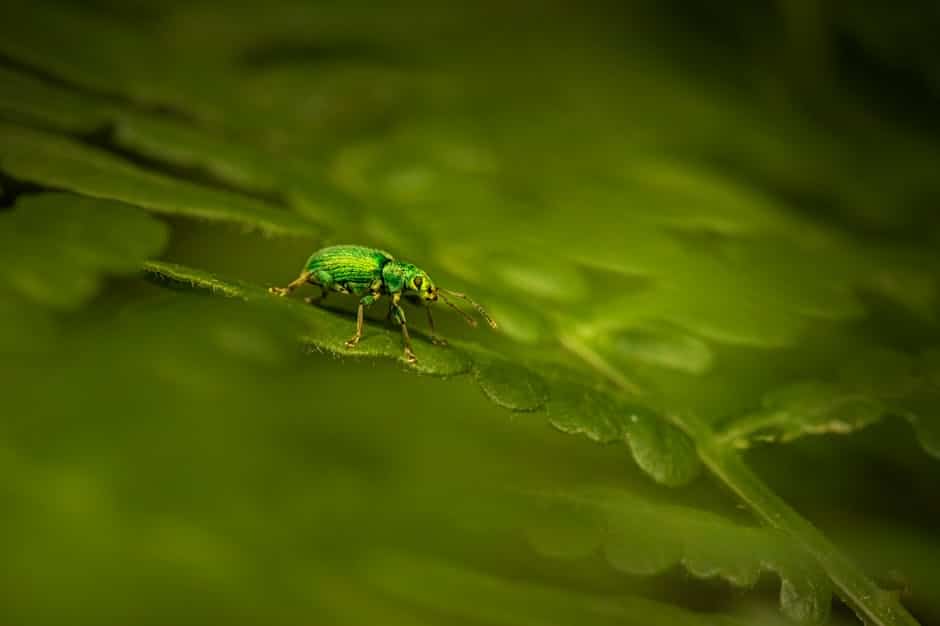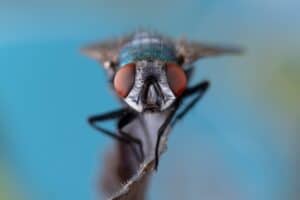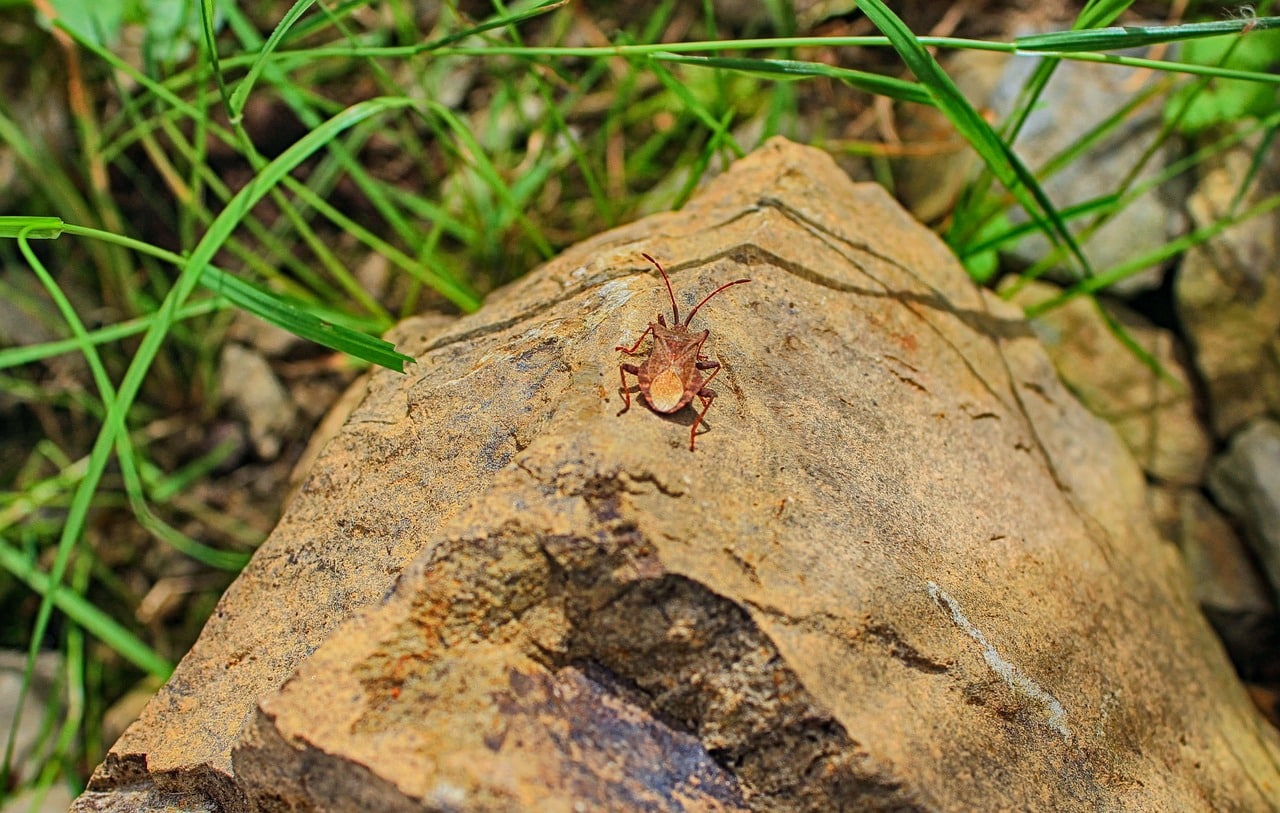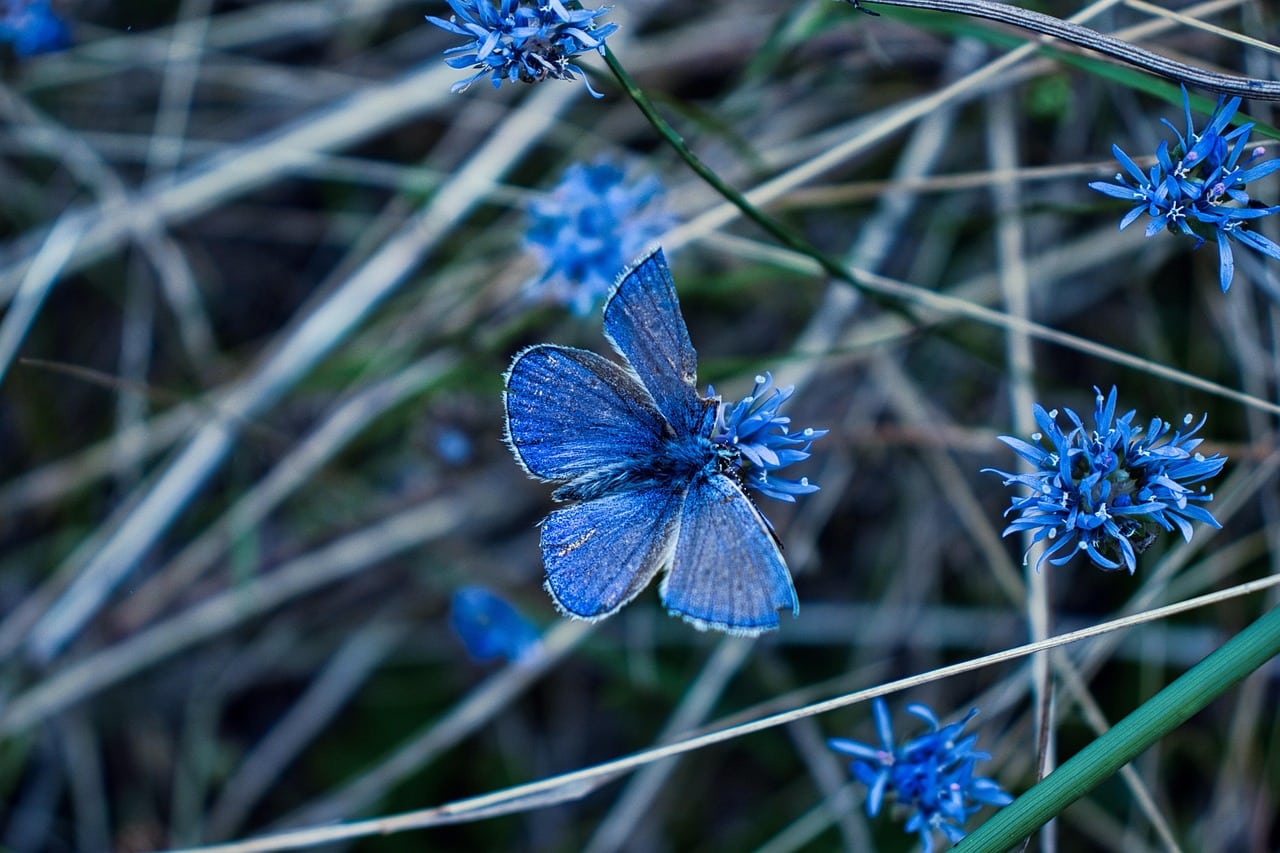Understanding Natural Pest Control Methods: An Overview
Natural pest control methods are gaining popularity as eco-friendly alternatives to chemical pesticides. These techniques leverage the power of nature to manage pest populations while minimizing harm to the environment, humans, and non-target organisms. Understanding these methods not only helps in sustainable gardening and farming practices but also promotes a healthier ecosystem.
Types of Natural Pest Control Methods can be categorized into several approaches:
- Biological Control: This involves using natural predators or parasites to control pest populations. For example, ladybugs can be introduced to manage aphid infestations.
- Physical Barriers: Techniques such as row covers, nets, or traps can physically prevent pests from reaching plants. These barriers are effective in blocking insects and other pests.
- Botanical Insecticides: Derived from plants, these insecticides can deter or kill pests. Neem oil and pyrethrin are common examples that disrupt pest life cycles without harming beneficial insects.
- Cultural Practices: These methods include crop rotation, intercropping, and proper sanitation to create an environment less conducive to pest infestations.
In addition to these methods, understanding the life cycles and behaviors of pests can significantly enhance the effectiveness of natural pest control. For instance, timing the introduction of beneficial insects to coincide with pest emergence can create a natural balance that suppresses pest populations. Additionally, incorporating companion planting can enhance plant health and deter pests naturally. By fostering biodiversity and promoting healthy soil, gardeners can create resilient ecosystems that naturally resist pest invasions.
Implementing natural pest control methods requires patience and observation. Unlike chemical treatments that provide quick fixes, natural solutions often take time to show results. This holistic approach encourages a deeper connection with the environment and promotes long-term sustainability in pest management practices. By adopting these methods, individuals can contribute to a healthier planet while maintaining productive gardens and farms.
Top 10 Effective Natural Pest Control Methods for Homeowners
When it comes to keeping your home pest-free, natural pest control methods can be highly effective and environmentally friendly. Homeowners seeking alternatives to chemical pesticides can find solace in these natural solutions that not only help manage pest populations but also promote a healthier living environment. Below are the top 10 effective natural pest control methods for homeowners.
1. Essential Oils
Utilizing essential oils like peppermint, tea tree, and eucalyptus can deter a variety of pests. Simply mix a few drops of your chosen oil with water in a spray bottle and apply it to areas where pests are a concern. The strong scents can repel insects such as ants, spiders, and mosquitoes.
2. Diatomaceous Earth
Diatomaceous earth is a natural powder made from fossilized algae that is safe for humans and pets. When sprinkled around the home, it can effectively kill crawling insects like cockroaches and bedbugs by dehydrating them.
3. Vinegar Solutions
Vinegar is a versatile household item that can be used as a natural pest repellent. A mixture of equal parts vinegar and water can be sprayed in areas prone to pests. Its strong scent deters ants and fruit flies effectively.
4. Neem Oil
Extracted from the seeds of the neem tree, neem oil is a potent natural pesticide. It disrupts the life cycle of pests, making it an excellent choice for treating infestations of aphids, mites, and whiteflies on plants.
5. Garlic Spray
Garlic is not only a culinary favorite but also a powerful pest repellent. Blending garlic cloves with water creates a spray that can deter mosquitoes, aphids, and other pests.
6. Soap and Water
A simple solution of mild soap and water can effectively kill soft-bodied insects such as aphids and spider mites. Spray the mixture directly onto the pests for quick results.
7. Companion Planting
Incorporating specific plants that repel pests into your garden can naturally deter unwanted visitors. For instance, marigolds can repel nematodes, while basil can keep flies and mosquitoes at bay.
8. Traps and Baits
Using homemade traps, such as a jar of sugar water to catch fruit flies, can help control pest populations without harsh chemicals. Baits made from natural ingredients can also lure pests away from your home.
9. Coffee Grounds
Used coffee grounds can be sprinkled around your garden to deter pests like snails and slugs. The texture and caffeine content act as a natural repellent.
10. Natural Predators
Encouraging beneficial insects, such as ladybugs and lacewings, in your garden can help control pest populations naturally. These predators feed on harmful pests, reducing the need for chemical interventions.
By incorporating these natural pest control methods, homeowners can create a pest-free environment while maintaining a commitment to sustainability and safety.
How to Implement Natural Pest Control Methods in Your Garden
Implementing natural pest control methods in your garden is an effective way to protect your plants while promoting a healthy ecosystem. To begin, it’s essential to understand the types of pests that commonly affect your garden. By identifying these pests, you can tailor your natural control strategies to target them specifically. Here are some effective methods to consider:
1. Introduce Beneficial Insects
One of the most effective natural pest control methods is introducing beneficial insects that prey on harmful pests. These include:
- Ladybugs: They feed on aphids and other soft-bodied insects.
- Parasitic Wasps: These tiny wasps lay their eggs inside pest larvae, effectively controlling their populations.
- Predatory Mites: These mites target spider mites and other garden pests.
Creating a habitat that attracts these beneficial insects can significantly reduce pest populations in your garden. Planting a variety of flowers and herbs, such as dill, fennel, and marigolds, can help draw them in.
2. Use Natural Repellents
Natural repellents can deter pests without harming beneficial insects or the environment. Some common natural repellents include:
- Neem Oil: Derived from the seeds of the neem tree, this oil disrupts the life cycle of pests.
- Garlic Spray: A homemade garlic spray can repel a variety of insects due to its strong odor.
- Soap Spray: A mixture of water and mild soap can suffocate soft-bodied insects like aphids.
When applying these natural repellents, it’s important to do so in the early morning or late evening to minimize harm to beneficial insects.
3. Create Physical Barriers
Physical barriers are a straightforward method to protect your plants from pests. Consider implementing the following:
- Row Covers: Lightweight fabrics can shield plants from insects while allowing sunlight and moisture to reach them.
- Handpicking: Regularly inspect your plants and remove pests by hand, particularly larger ones like caterpillars.
- Companion Planting: Planting certain plants together can deter pests; for example, planting basil near tomatoes can repel whiteflies.
By integrating these natural pest control methods into your gardening routine, you can cultivate a thriving garden that is both productive and environmentally friendly.
The Benefits of Using Natural Pest Control Methods Over Chemical Solutions
Using natural pest control methods offers a multitude of benefits that significantly outweigh the advantages of chemical solutions. One of the most compelling reasons to choose natural methods is the environmental impact. Chemical pesticides can contaminate soil, water, and air, leading to harmful consequences for wildlife and ecosystems. In contrast, natural pest control techniques, such as introducing beneficial insects or utilizing plant-based repellents, promote a healthier environment and contribute to biodiversity.
Health Considerations
Another critical aspect is the health implications for humans and pets. Chemical pesticides often contain toxic substances that can lead to serious health issues, including respiratory problems, skin irritations, and long-term effects like cancer. Natural pest control methods, on the other hand, utilize non-toxic ingredients that are safer for households. By opting for natural solutions, you can create a safer living space, especially for children and pets who may be more susceptible to the dangers of chemical exposure.
Cost-Effectiveness
Moreover, natural pest control methods can be more cost-effective in the long run. While the initial investment in organic solutions may seem higher, they often provide sustainable results that reduce the need for repeated applications. Techniques such as crop rotation, companion planting, and using homemade traps can significantly lower costs associated with pest management. Additionally, healthy plants tend to be more resilient to pests, reducing the overall need for pest control interventions.
Long-Term Sustainability
Lastly, natural pest control promotes long-term sustainability. Chemical solutions may provide immediate results, but they often lead to pest resistance, requiring stronger chemicals over time. Natural methods encourage the development of a balanced ecosystem, where pests are kept in check through natural predators and ecological practices. This approach not only helps in maintaining pest populations but also fosters a sustainable environment for future generations.
Common Myths About Natural Pest Control Methods Debunked
Natural pest control methods have gained popularity in recent years, but with this rise in interest comes a host of misconceptions. One common myth is that natural pest control is less effective than chemical methods. While it’s true that some natural solutions may require more time and persistence, many are highly effective. For instance, beneficial insects like ladybugs and lacewings can dramatically reduce aphid populations without harming the ecosystem. Additionally, natural repellents such as neem oil and diatomaceous earth can provide significant protection against a variety of pests.
Another widespread myth is that natural pest control is always safe for humans and pets. While many natural methods are indeed safer than synthetic pesticides, it’s essential to remember that “natural” doesn’t always equate to “harmless.” For example, essential oils can be potent and may cause irritation or allergic reactions in some individuals or pets. It’s crucial to research each method thoroughly and use it responsibly to ensure the safety of your household.
Many believe that natural pest control is a one-size-fits-all solution, which is another misconception. The effectiveness of natural methods can vary based on the type of pest, the environment, and the specific method used. For example, traps that work well for rodents may not be effective for insects. It’s important to assess the specific pest problem you are facing and tailor your approach accordingly. A combination of methods, including cultural practices and physical barriers, often yields the best results.
Lastly, some people think that natural pest control methods require no effort or maintenance. This myth can lead to disappointment when results aren’t immediate. Natural pest control often involves a proactive approach, such as regular monitoring and maintaining a healthy environment to deter pests. Methods like companion planting and crop rotation can take time to show results, but with dedication and patience, they can lead to a sustainable pest management strategy. Understanding these myths can help homeowners make informed decisions about pest control in their living spaces.













